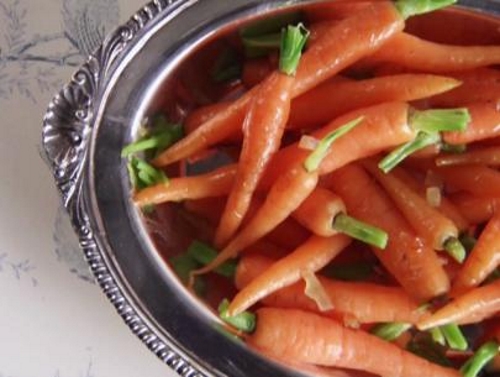But then the days got longer, the breeze grew less sharp, and a few courageous croci pushed their way through the frozen earth. So, what better way to celebrate the arrival of spring than with a fresh, light, and citrusy pasta dish? The light flavors and tender pink seafood plays really nicely against the bold, dark color of the pasta, making this as visually striking as it is flavorful.
Ingredients:
1 lb squid ink pasta (available in specialty food stores)
2 tsps garlic
1 tbsp extra virgin olive oil
1 tbsp butter
1/2 lb fresh squid
1/2 lb uncooked shrimp
1/2 cup dry white wine
1 can chopped clams, with their juice
1 lemon
1 tsp red pepper flakes
white truffle oil (optional, but highly recommended)
Before doing anything else, prep your seafood. Be sure to wash the squid and the shrimp thoroughly and to pat them completely dry. This is an important step in preparing squid for cooking. The drier the squid, the better it will cook. If you've never cooked quid before (don't worry, it's not hard!), I would highly recommend this tutorial video from the New York Times' Melissa Clark.
Now that your seafood is prepped, you can start boiling the pasta in salted water. While you're waiting, get a large skillet and add the olive oil and butter, warming the oil over medium-high heat until it's very hot. Add the garlic, then add the squid and the shrimp. Make sure that your skillet is large enough so that the seafood is not crowded. Now for the hard part--don't touch the seafood for a full minute. Just let it cook and get a good color for an entire 60 seconds, before tossing it in the oil/garlic mixture. The squid should get a lovely rich color from this, and the shrimp will turn a light pink. Once the seafood is cooked (~3-4 minutes), add the white wine, clams, and red pepper flakes. Cook for one minute over medium heat.
Once the pasta is cooked and drained, add the seafood and sauce and toss thoroughly to coat. The wine sauce will absorb into the pasta. Spritz with lemon and dress lightly with white truffle oil.
Happy spring, and happy eating!








